5 Ideas for Math Centers
Ideas for Math Centers are an excellent way to regain your sanity in the classroom and teach your students how to problem solve and become better math learners. Luckily, I’ve compiled a list of 5 strategies I use to make sure kindergartners are on task and engaged in their learning. Grab a chair and get ready to make math centers fun again!
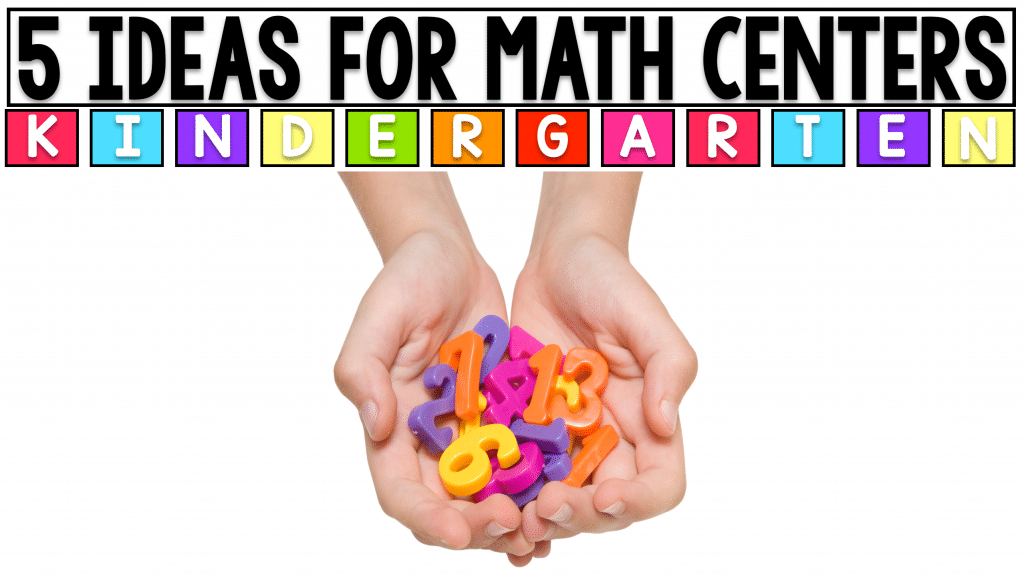
Get started with the perfect Kindergarten Math Centers.
Organize it!
Ideas for Math Centers
Ever heard the saying, “If you don’t have a plan for your students, your students will have a plan for you?” That’s exactly the rule I go by when I organize my Kindergarten Math Centers. Thankfully, I found these cute and functional storage containers from Amazon. The first thing I did was label them for easy viewing while they are being stored away and not used. Another way I make sure my games are organized is by having covers on all the tasks and separating them using reading rings. As a result, students become familiar with the visual reminders for each section like Count it, Match it, Trace it, Puzzle it, Frame it, Move it, Build it and Game it. Read more about how I organize all of my math centers here.
Pin this image to your Pinterest board!
Frame it!
Ideas for Math Centers
One great way to build number sense with ideas for math centers is to introduce ten frames! I love using these easy no prep pages for my students. For this activity I use one of my organization bins to help keep everything in one easy-to-locate place. Students receive a ten frame mat and get to work with play dough, erasers, or colored dot markers. Place your numbers in mixed order in a reading ring and have students flip and create their tens frame. I like to do this center in partner pairs! It’s a good idea to laminate the mats so students can use them again and again. You can GRAB THE UNIT HERE.
Build it!
I absolutely adore these colored Jenga blocks I found on Amazon! These colors just make this game POP! These are a great idea for math centers and my students really enjoy them. For my kinders I like to use this Build it work sheet to have them recreate the blocks on the page. If you teach older students you can have the students add up all the numbers as they build. Students can play Jenga in the center by grabbing the numbers they need to build their tower OR they can grab the blocks out of a bin to build their set.
Move it!
This one is my favorite!!!! I love any way to incorporate movement in the classroom. I’m sure your students love websites like Go Noodle just as much as mine do, so I decided to take that idea and incorporate it into math. As you know, in Kindergarten we want to make sure our students can count fluently to 20. This fun game allows students to exercise while they count. Place game cards in a binder ring and have students count as they exercise. Once they finish for the day (I like to place 5 cards per day) have them complete this fun worksheet to keep them moving even more.
Pin this image to your Classroom Pinterest Board!
Pin it!
Game it!
Last but certainly not least, why not play games in centers? Don’t be afraid! Playing games is fun for your students while being educational. I purchased these counting rods for my students from Amazon. Disclaimer – the instructions on the box came in Japanese, but that’s okay! Undoubtedly, We know how to use them. Students use the game cards to create different shapes! Once they have completed the shape with the counting rods, they then count each rod to get their secret number. Check out these photos for an action shot.
Kindergarten Math Centers and Curriculum
Purchase the Kindergarten Math Curriculum Unit titled Math and Me : Unit 1 here! This resource includes great ideas for math centers, lesson plans, morning work, homework, games, practice sheets, interactive notebook foldables and more!
The skills that are used in this resource deal with counting and cardinality. The standards taught in this resource are :
| K.CC.A.2 | Count forward beginning from a given number within the known sequence (instead of having to begin at 1). |
| K.CC.A.3 | Write numbers from 0 to 20. Represent a number of objects with a written numeral 0-20 (with 0 representing a count of no objects). |
| K.CC.B.4 | Understand the relationship between numbers and quantities; connect counting to cardinality. |
| K.CC.B.4.A | When counting objects, say the number names in the standard order, pairing each object with one and only one number name and each number name with one and only one object. |
| K.CC.B.4.B | Understand that the last number name said tells the number of objects counted. The number of objects is the same regardless of their arrangement or the order in which they were counted. |
| K.CC.B.4.C | Understand that each successive number name refers to a quantity that is one larger. |
| K.CC.B.5 | Count to answer “How many?” questions about as many as 20 things arranged in a line, a rectangular array, or a circle, or as many as 10 things in a scattered configuration; given a number from 1-20, count out that many objects. |
This resource is also available in a year-long Kindergarten Curriculum that will be released as a growing bundle. You can grab this at a deeply discounted rate for a limited time by clicking here. Check out how to organize these ideas for math centers here.
Leave a Reply Cancel reply
This site uses Akismet to reduce spam. Learn how your comment data is processed.
5 Proven Steps to Building a Teaching/Coaching Business Online
This live training will show you how to take control of your salary, schedule, and sanity by using your teaching skills in a new, nontraditional way.
Registration is filling up, so sign up now!
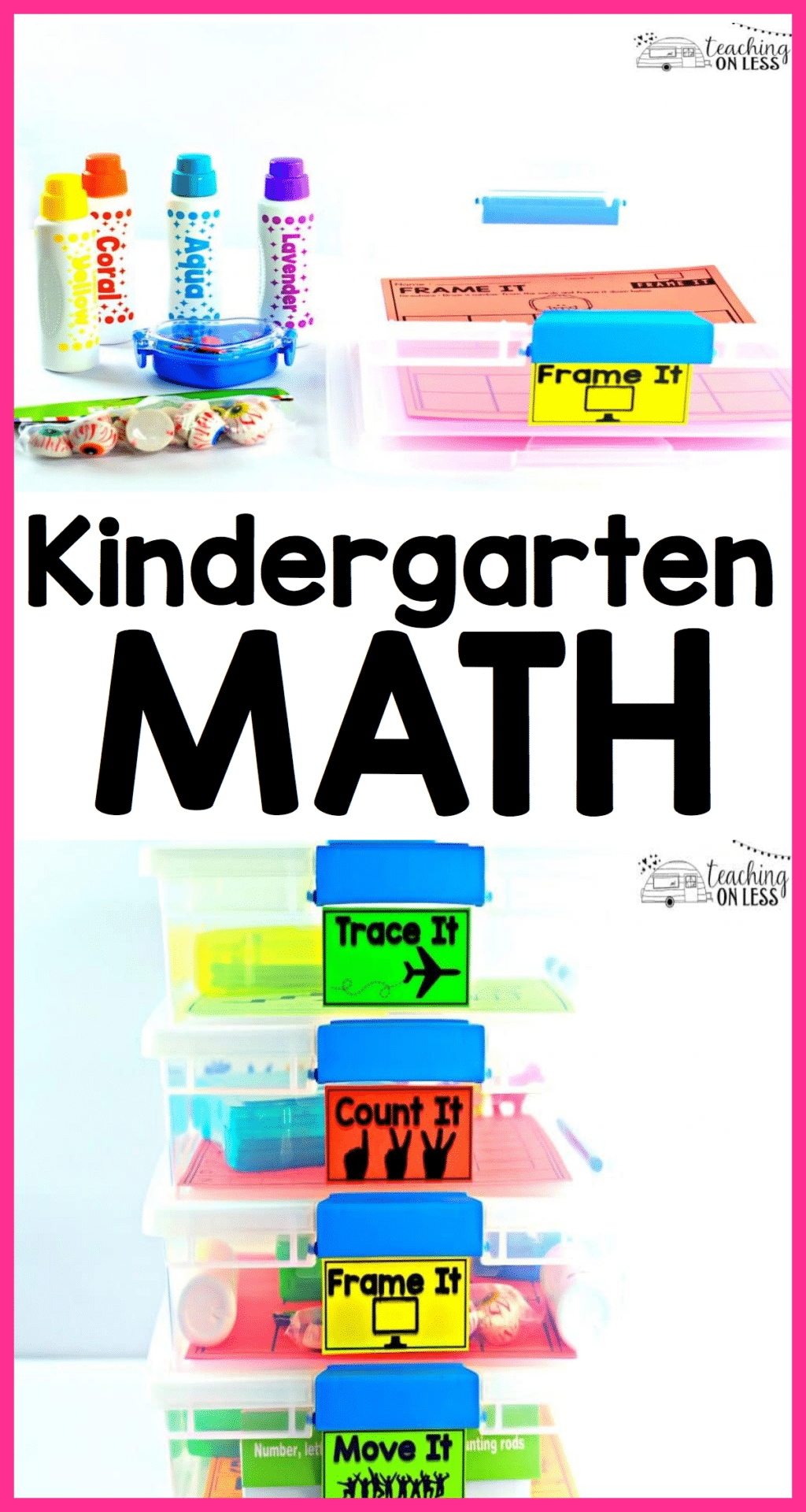
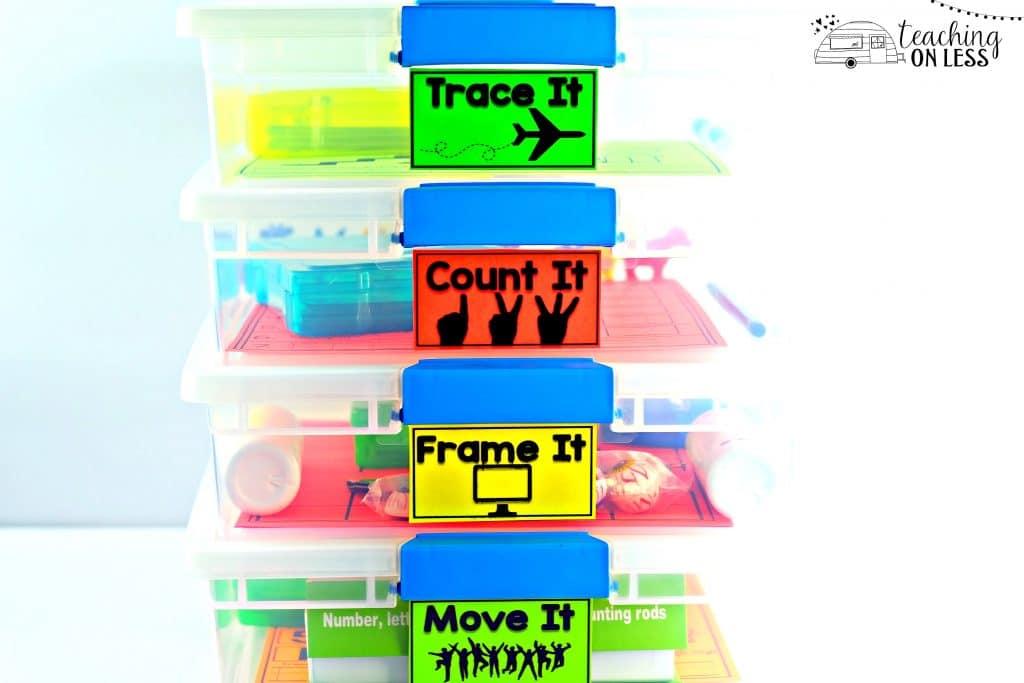
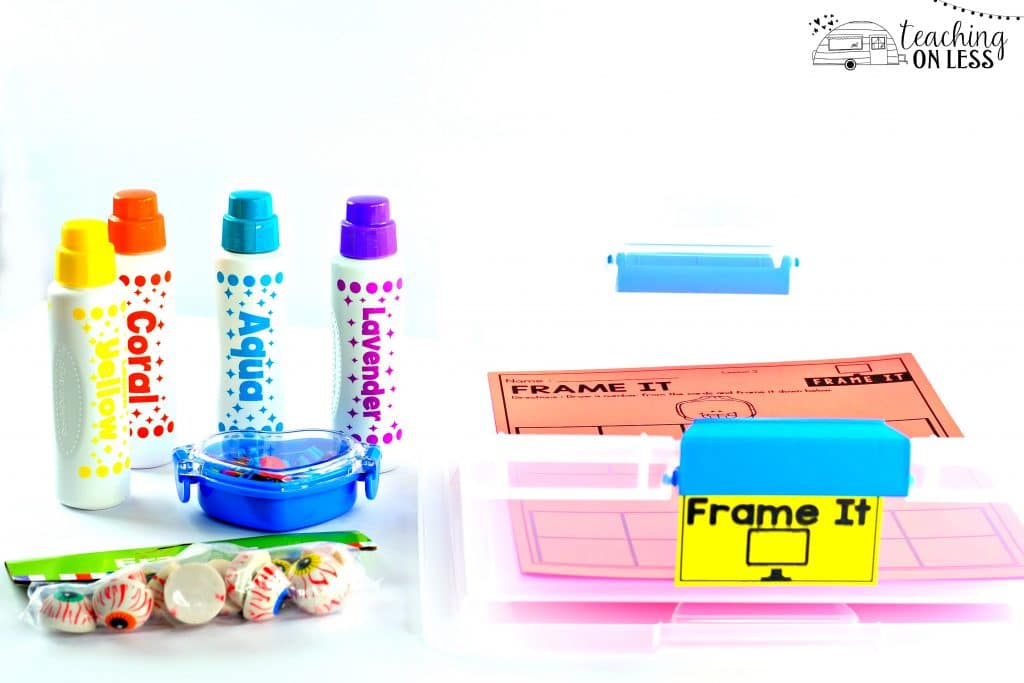
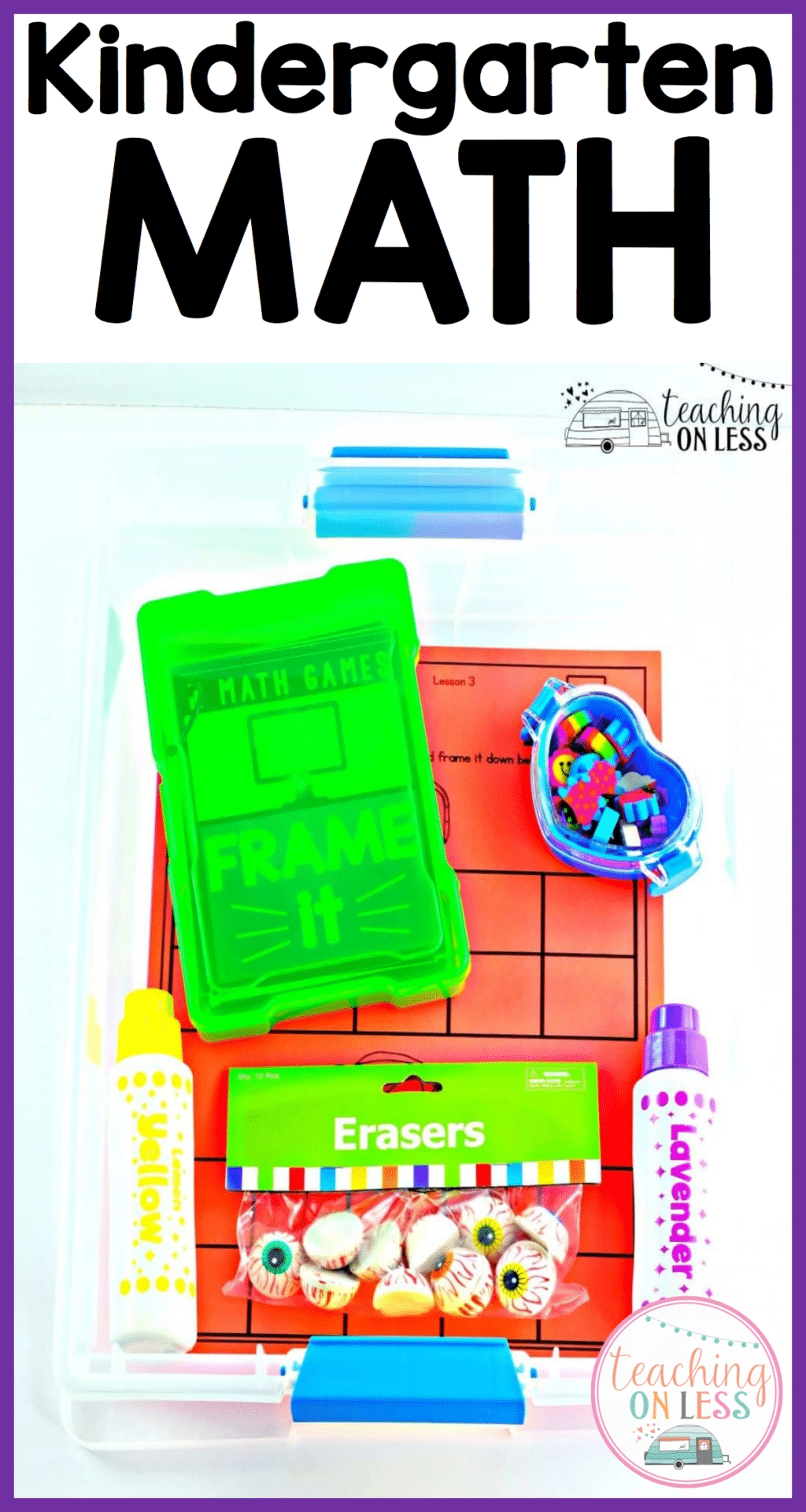

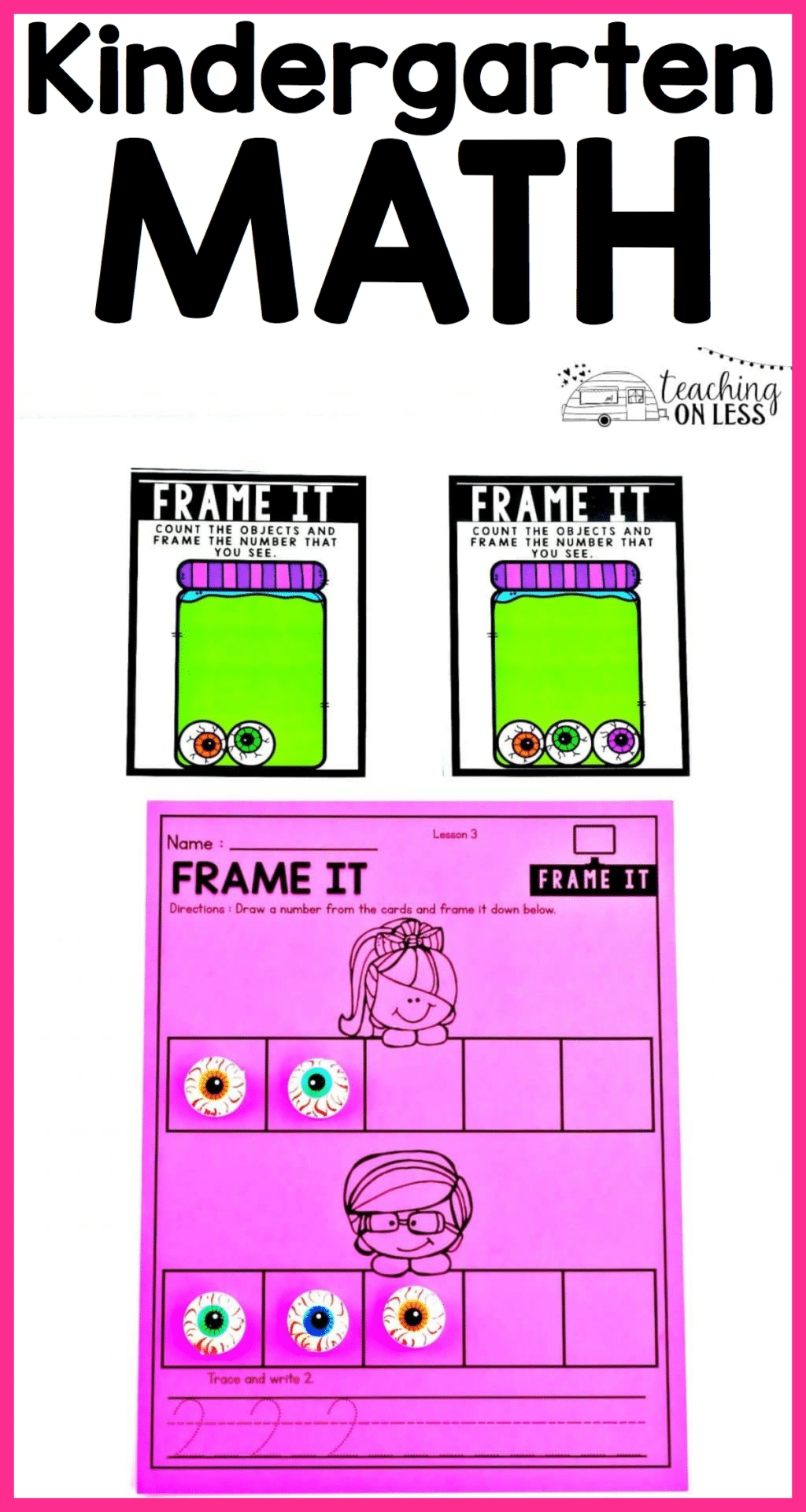
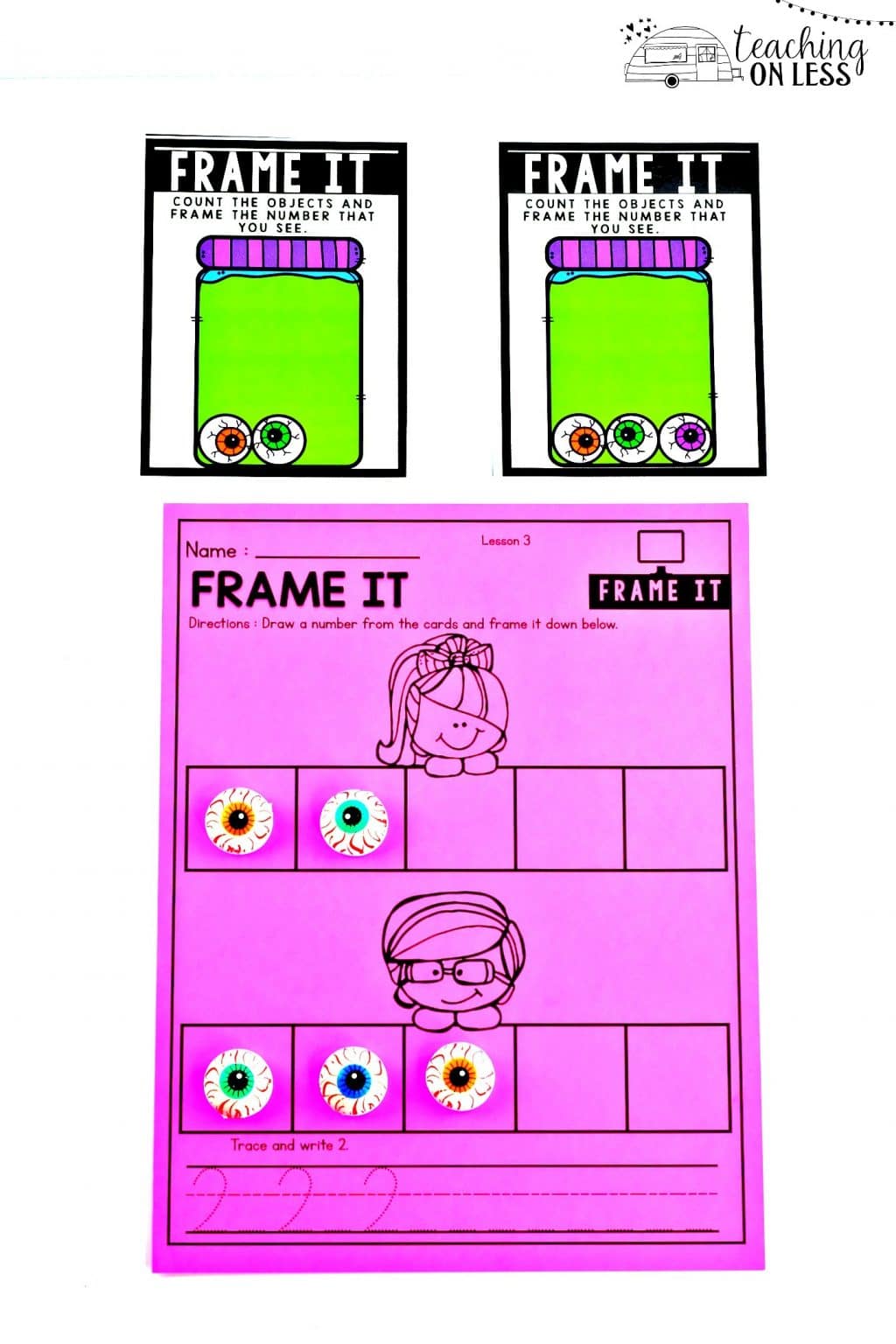


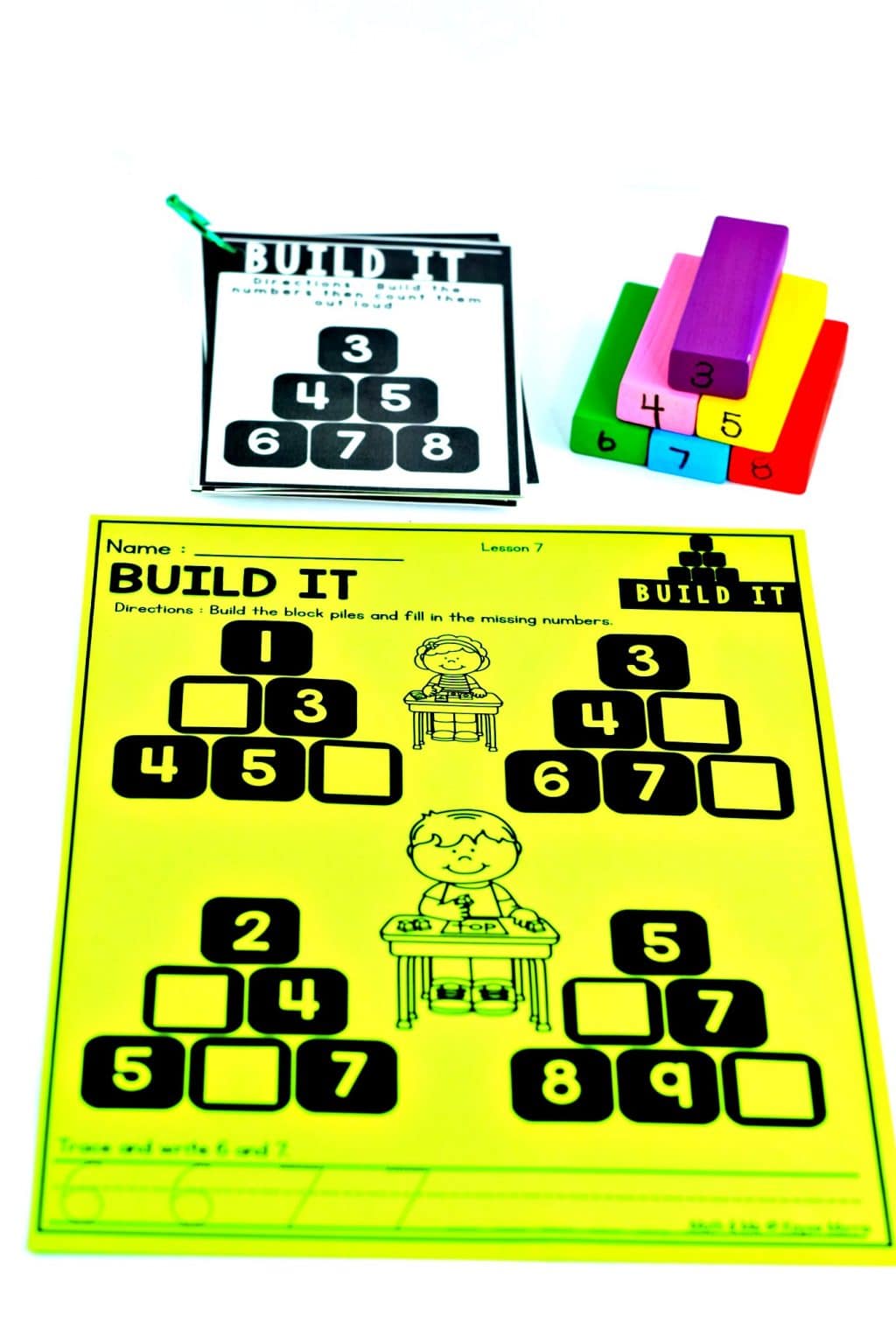
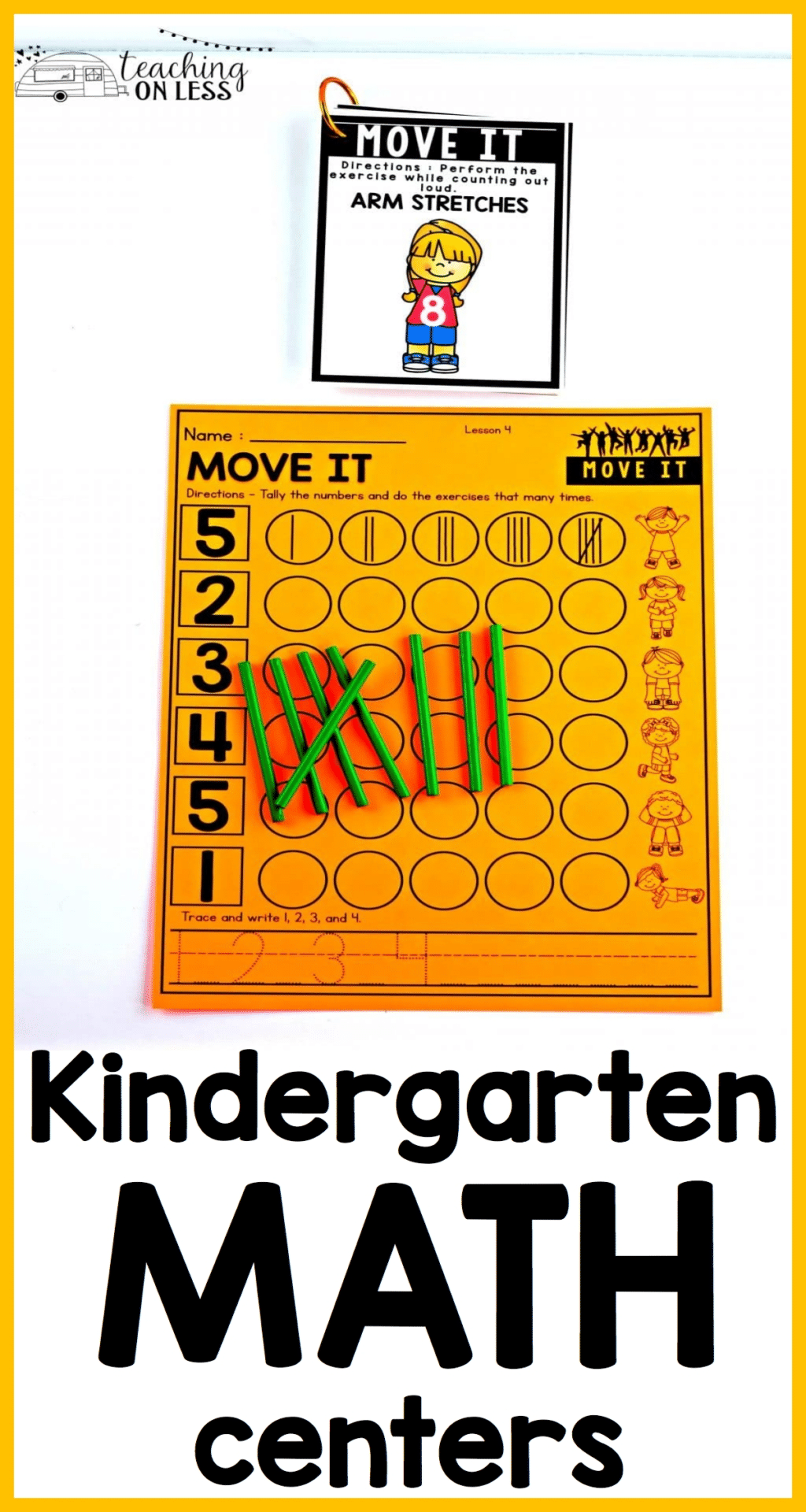
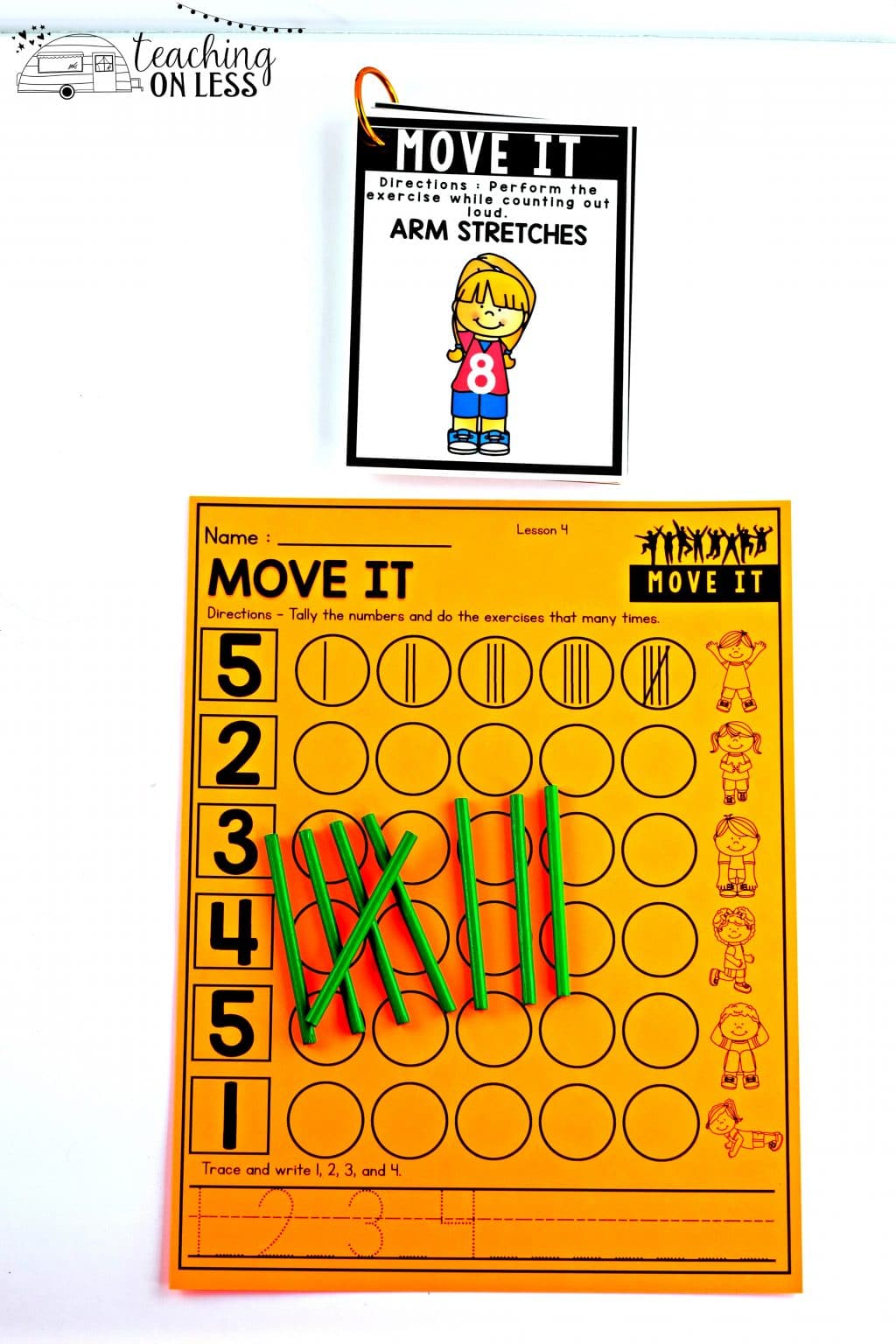
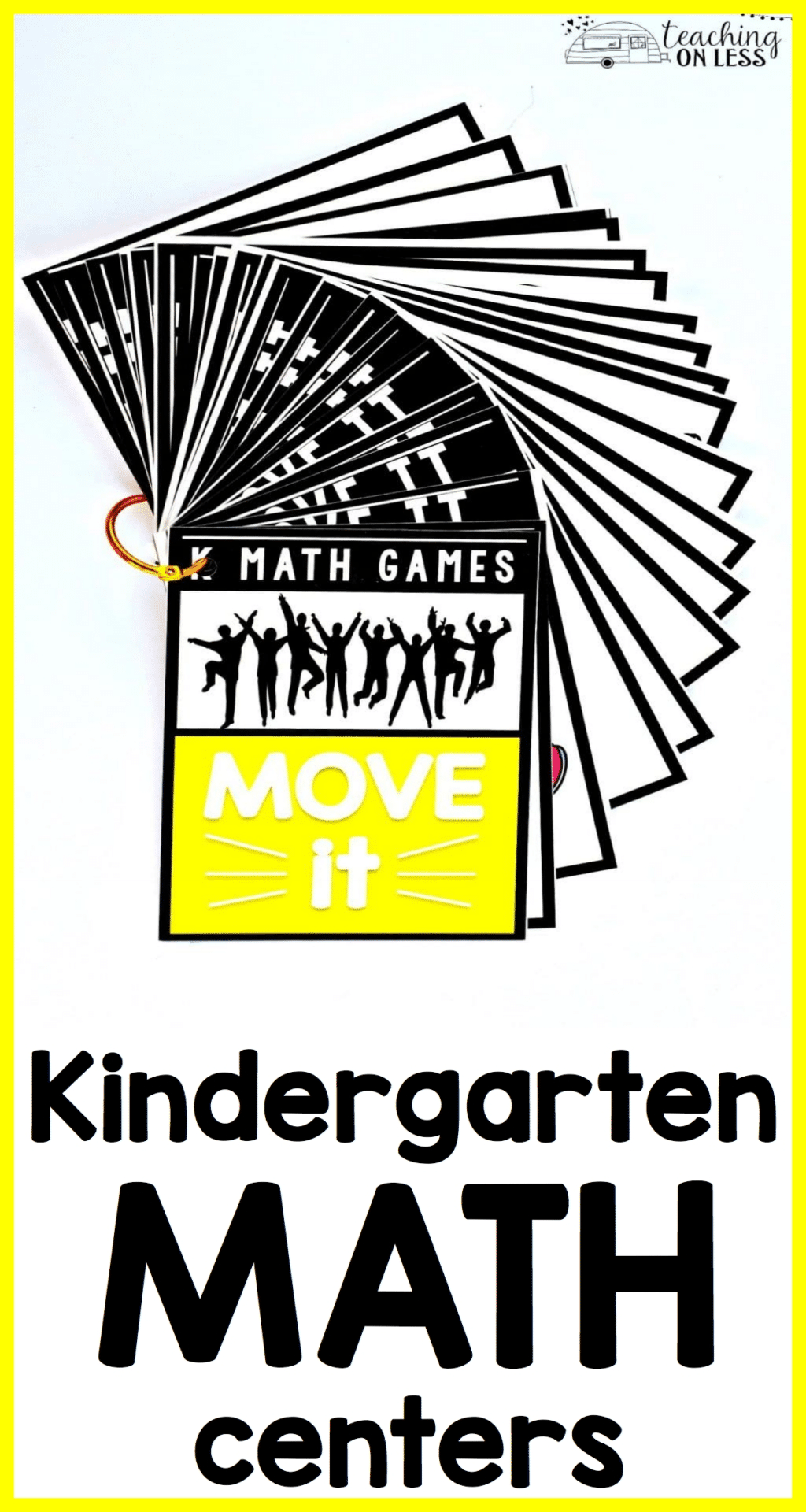
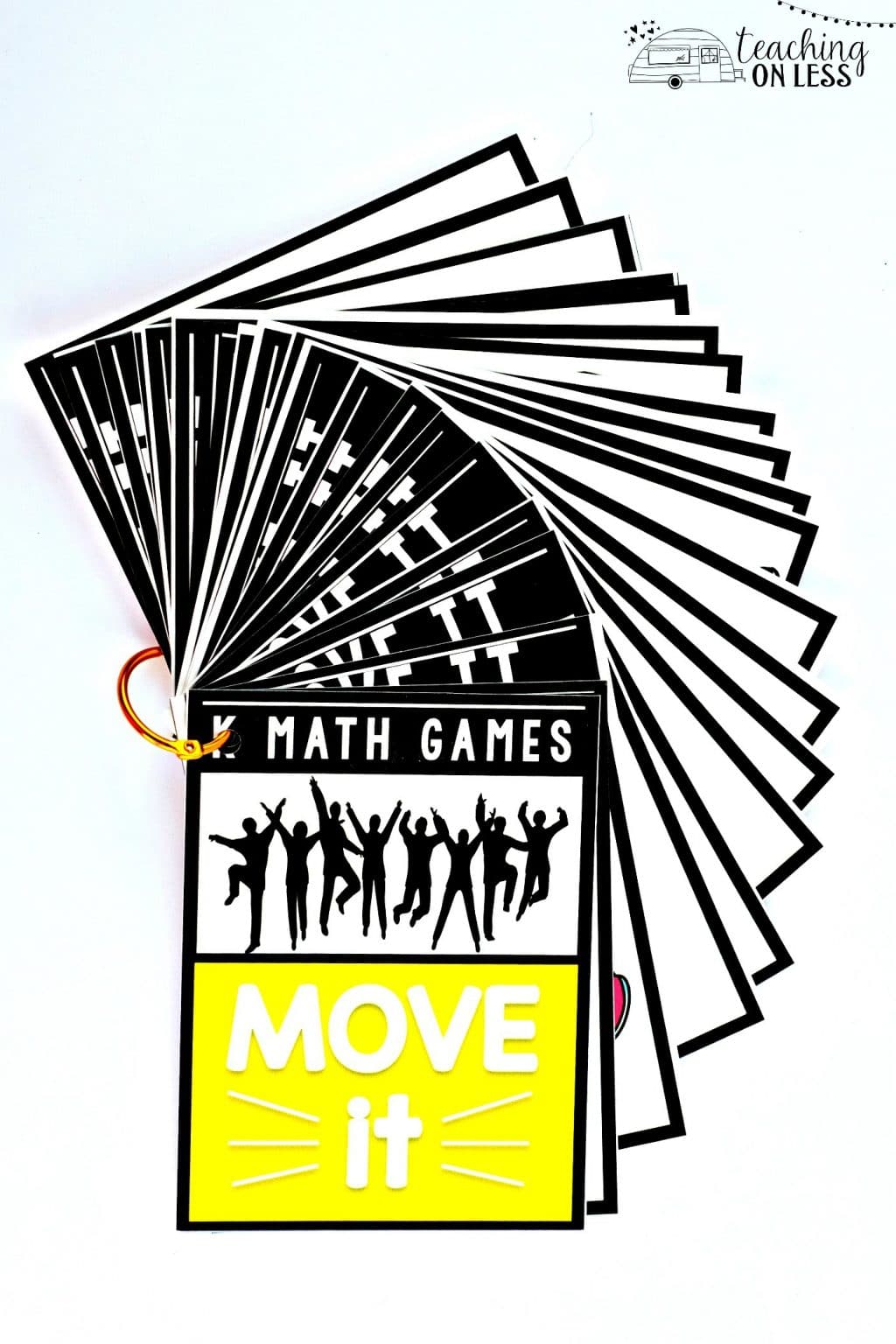
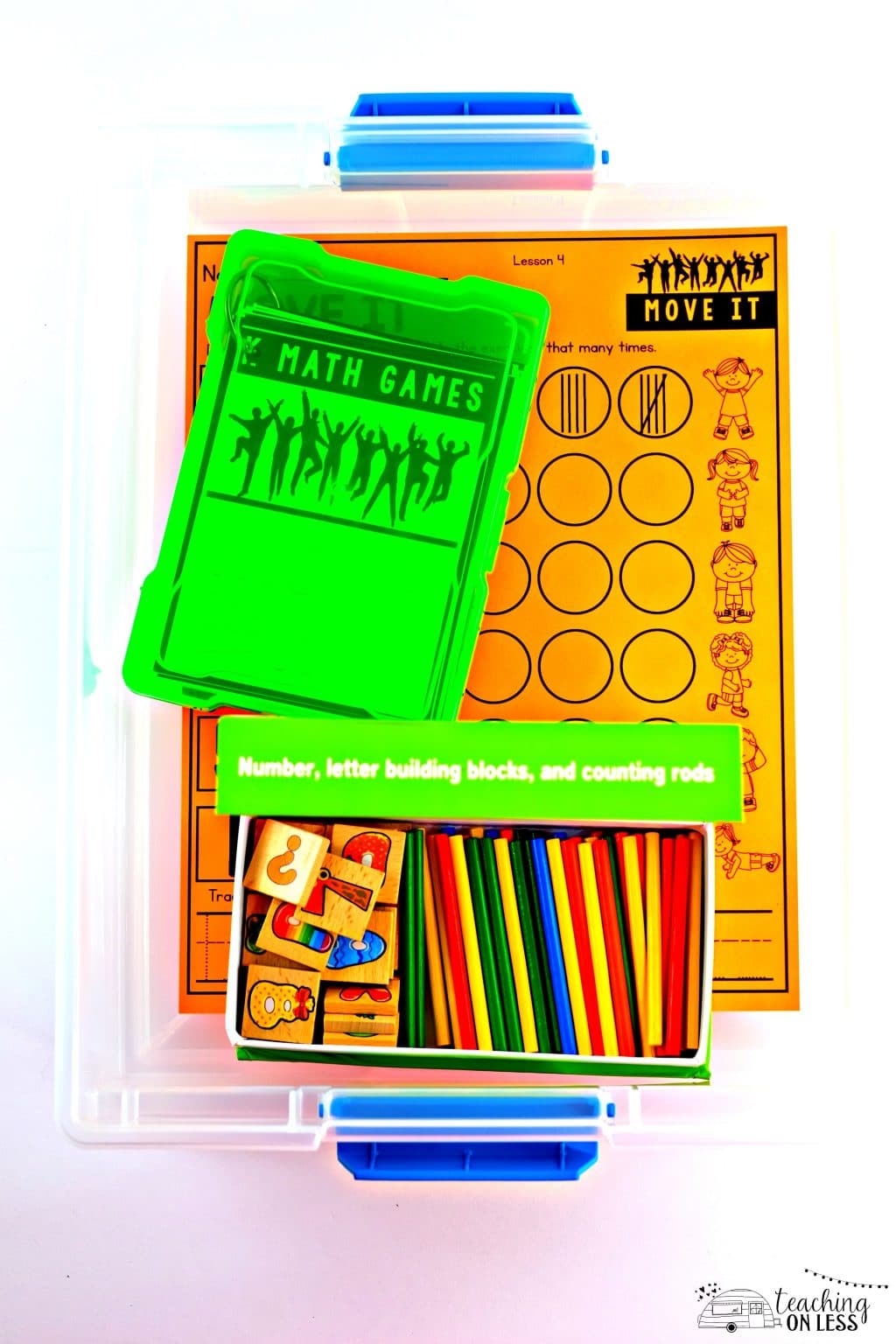
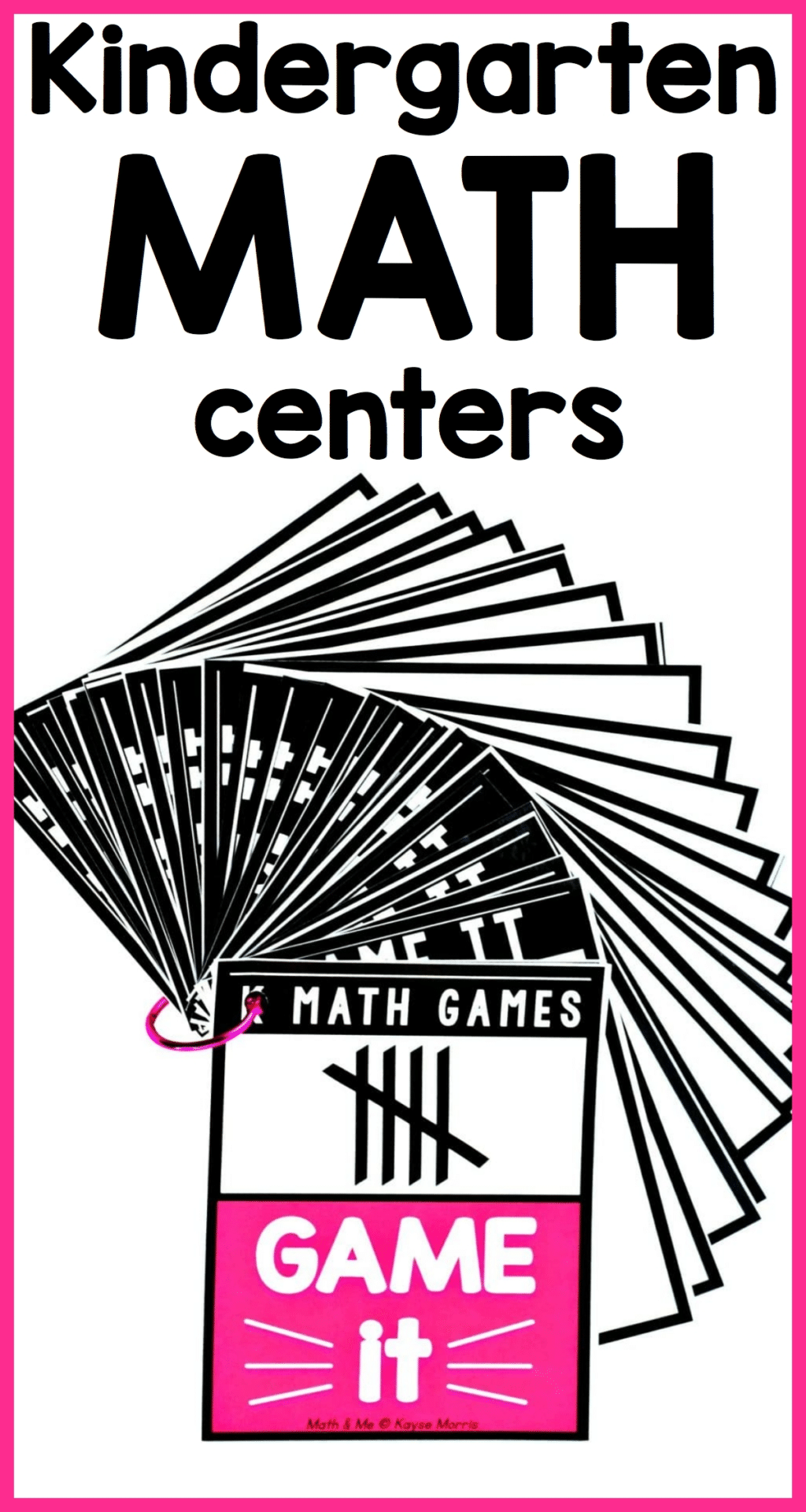
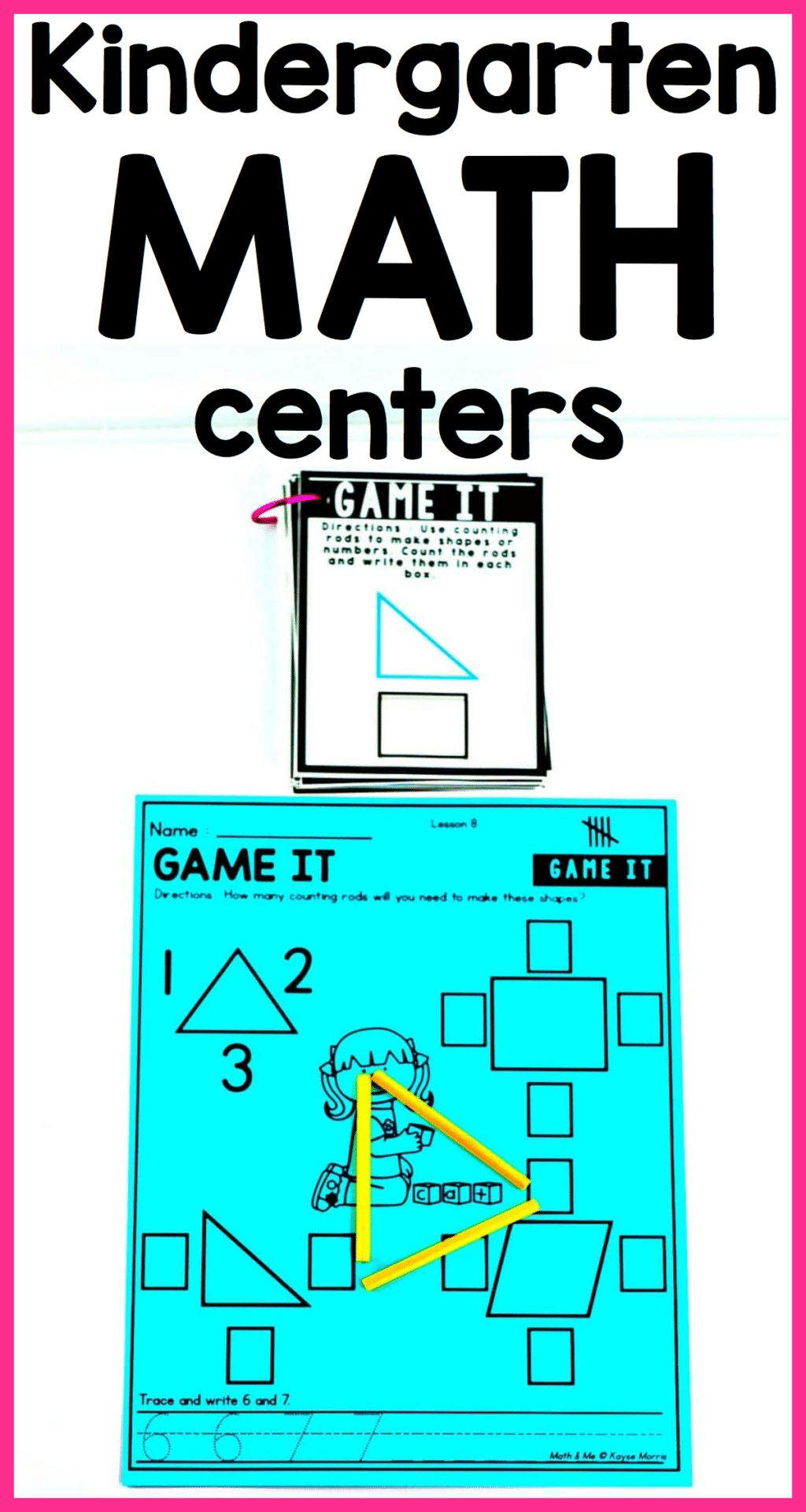
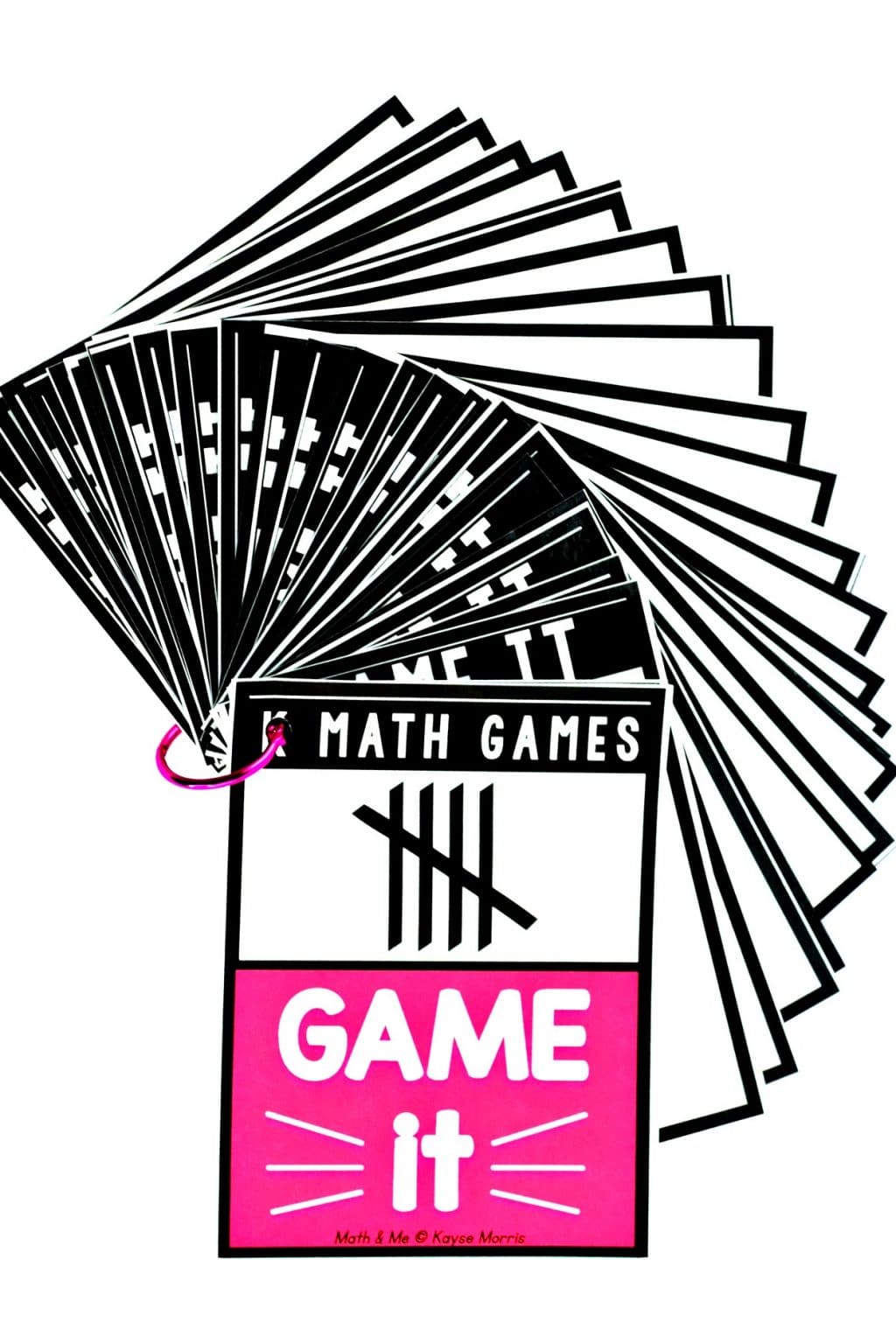
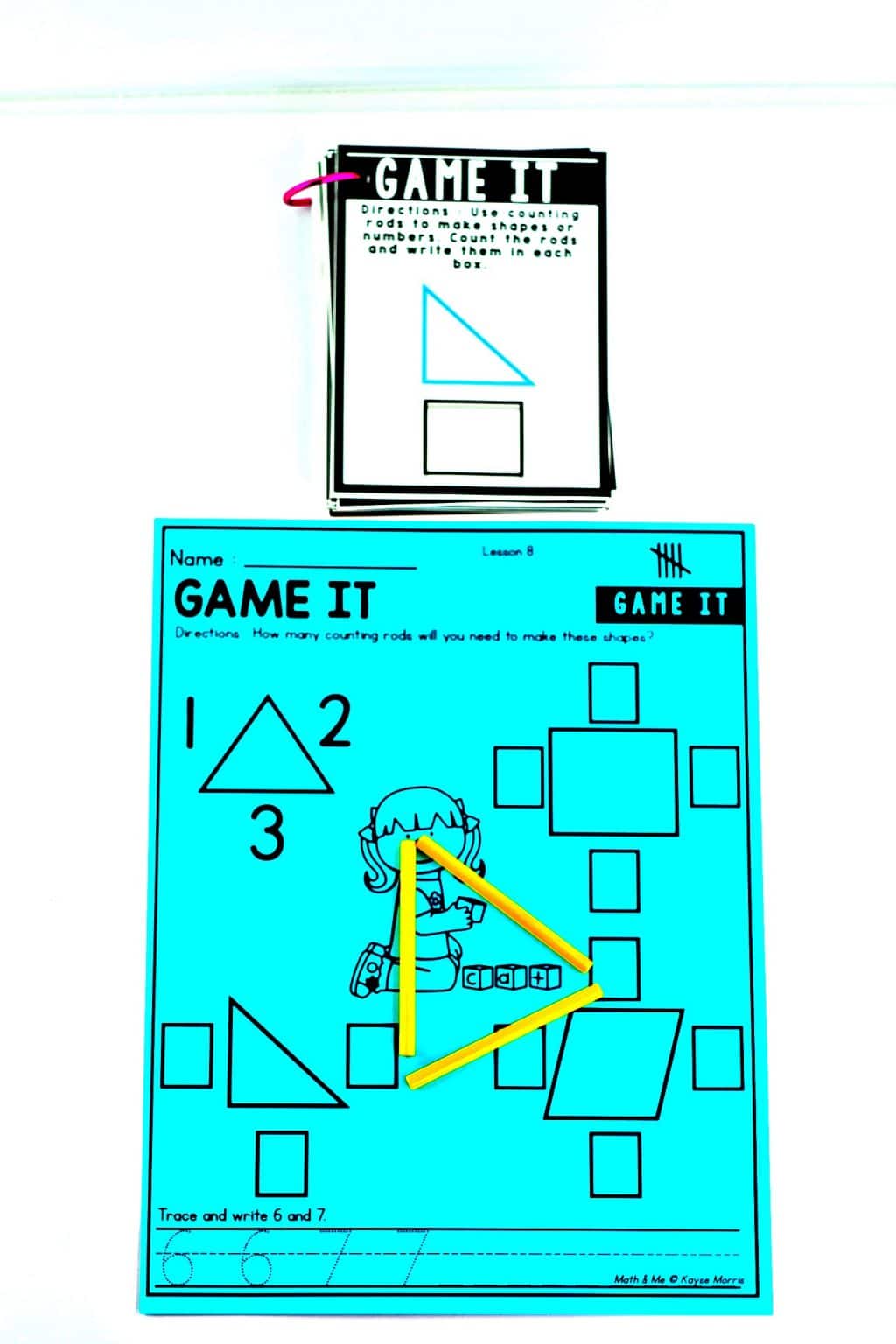
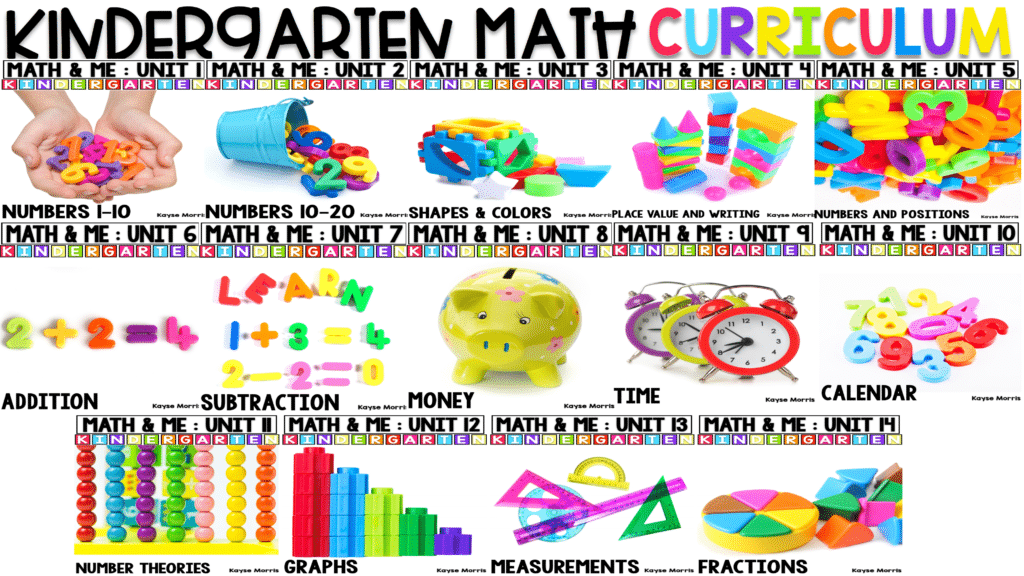
[…] Give the gift that keeps on giving with this year long curriculum bundle to your favorite Kindergarten teacher. Read more about organizing your teacher’s life here. […]
This is amazing! I am a mom of a four year old and even though this is for centers I know I can use it in my daily homelearning routine with my daughter. Thanks!